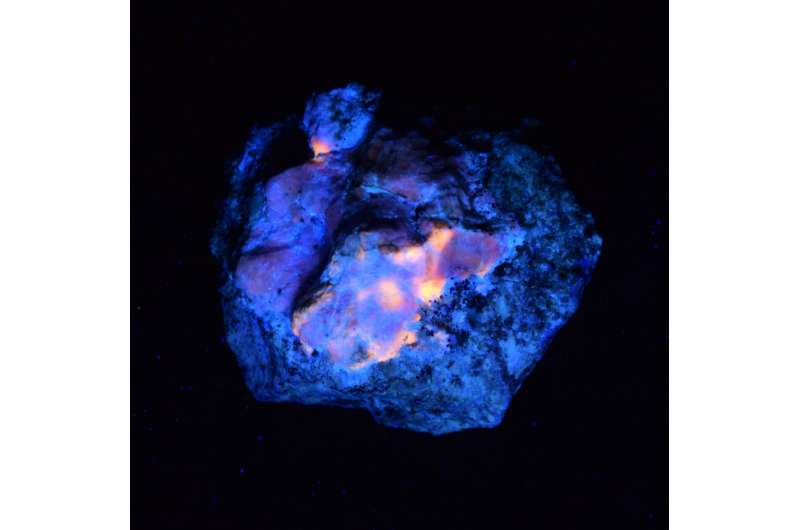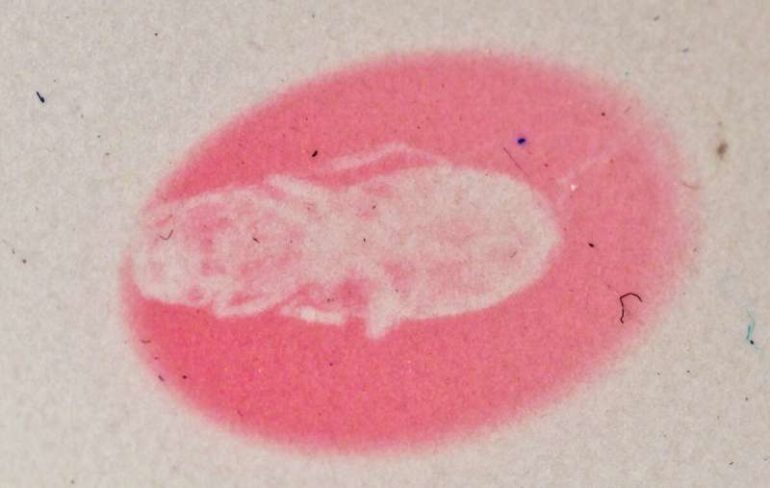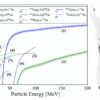Researchers from the University of Turku have discovered a new method of X-ray imaging based on the coloring abilities of the natural mineral hackmanite. The international group of researchers also found out how and why hackmanite changes color upon exposure to X-rays.
Hackmanite is a natural mineral which glows in the dark. It is also known for its ability to change color from off-white to pink or violet upon UV exposure. In the recently-published study, the mineral’s coloring abilities were studied under exposure to X-rays.
“Previous studies had published initial results about the way hackmanite changes color upon exposure to X-rays, but it was unclear why and how this coloring came to be and whether this feature could be useful somehow. We were the first to attempt X-ray imaging using a surface made of hackmanite as the image plate, and the results were very exciting,” says Docent Mika Lastusaari from the University of Turku.
The research group for intelligent photonic materials led by Lastusaari conducts pioneering research of materials with light and color-related properties at the Department of Chemistry of the University of Turku. The group creates the hackmanites synthetically, which enables them to control the properties of the material and adapt it for different uses by adding or replacing atoms in the basic structure of the material.
“In this research, we studied the behavior of four types of synthetic hackmanites upon exposure to X-rays in the Karlsruhe synchrotron radiation facility in Germany using a particle accelerator which generates X-rays with tunable energy. All of the samples were positive surprises, and we were able to receive valuable information about how adding different atoms in the basic structure impacts the coloring abilities,” explains Doctoral Candidate Sami Vuori.
“We also noticed that the mechanism of color changing occurs by X-rays exciting the inner shell electrons, unlike with UV radiation, which causes only the loosest electrons of the outer shells to participate in the colouration,” adds Vuori.
Measuring radiation doses and imaging with the help of hackmanite
According to the researchers, hackmanite can be considered to be somewhat of a miracle material due to its many usage possibilities. Now, the usage repertoire of the mineral will also include X-ray imaging as proven by an X-ray image of a dead ant’s body.

“Using hackmanite for imaging has the advantage that it does not require expensive analysis tools for the image to be seen: you can see the image with your own eyes and record it with a camera. As an example, this photo has been taken with a regular DLSR camera after exposure to X-rays. However, its best feature is that the hackmanite film in the photo is not a single-use film: the image can be cleared with the help of light or heat, and a new object can be imaged with the same film,” explains Doctor Isabella Norrbo, who has written her doctoral thesis on hackmanites.
The study has been published as an open-access article in Advanced Optical Materials.
Researchers unravel the secrets of how natural stone glows in the dark
More information:
Sami Vuori et al, Detection of X‐Ray Doses with Color‐Changing Hackmanites: Mechanism and Application, Advanced Optical Materials (2021). DOI: 10.1002/adom.202100762
Provided by
University of Turku
Citation:
Natural mineral hackmanite enables new method of x-ray imaging (2021, July 30)
retrieved 1 August 2021
from https://phys.org/news/2021-07-natural-mineral-hackmanite-enables-method.html
This document is subject to copyright. Apart from any fair dealing for the purpose of private study or research, no
part may be reproduced without the written permission. The content is provided for information purposes only.



